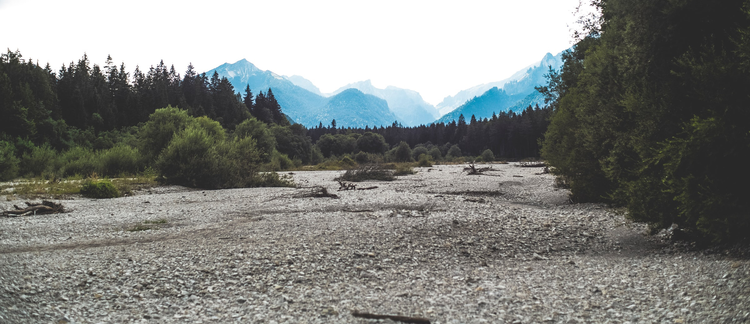Abstract
This study examines the multi-tiered manifestation of the natural environment and social-ecological milieu of people living in a tiger reserve, located in the Uttara Kannada district in the Indian state of Karnataka. The Kali Tiger Reserve is in the northwestern part of the Western Ghats, which is a designated biodiversity hotspot and home to wildlife such as the Bengal tiger and the Indian elephant. After the forest was designated as a tiger reserve, the Kunbi people living in this area were excluded from the laws and policies designed to promote nature conservation. Their traditional hunter-gatherer activities and agricultural practices became severely restricted and were subjected to management and surveillance by the Forest Department. This demonstrates the operation of biopower acting in line with the distinction between rare animal species deemed worthy of being kept alive and human beings who are not, and are thus left destitute. In this situation, the Kunbi attempt to recover their legal rights to land and forest resources by invoking the Forest Rights Act and petitioning the state government to designate them as a scheduled tribe. Moreover, they struggle to maintain their emotional ties to the forest by creatively modifying their ritualistic hunting groups. The Kunbi's attempt to deal with their plight by participating in the modern political arena, while placing themselves within the realm of nature, shows that modernity and indigeneity exist in an inseparable duality. This study examines the experiences of people living in this duality by focusing on their emotions regarding the forest and efforts to deal with conflicts over the tiger reserve, which is simultaneously considered to be the natural environment as well as their intimate Umwelt.
Keywords: tiger reserve, Western Ghats, India, Umwelt, conservation
How to Cite:
Ishii, M., (2022) “Living in the forest as a pluriverse: nature conservation and indigeneity in India’s Western Ghats”, Journal of Political Ecology 29(1), 725–740. doi: https://doi.org/10.2458/jpe.2378
Downloads:
Download PDF
View PDF
Funding
- Name
- Japan Society for the Promotion of Science
- FundRef ID
- http://dx.doi.org/10.13039/501100001691
- Funding ID
- 18K01170
1616 Views
783 Downloads

